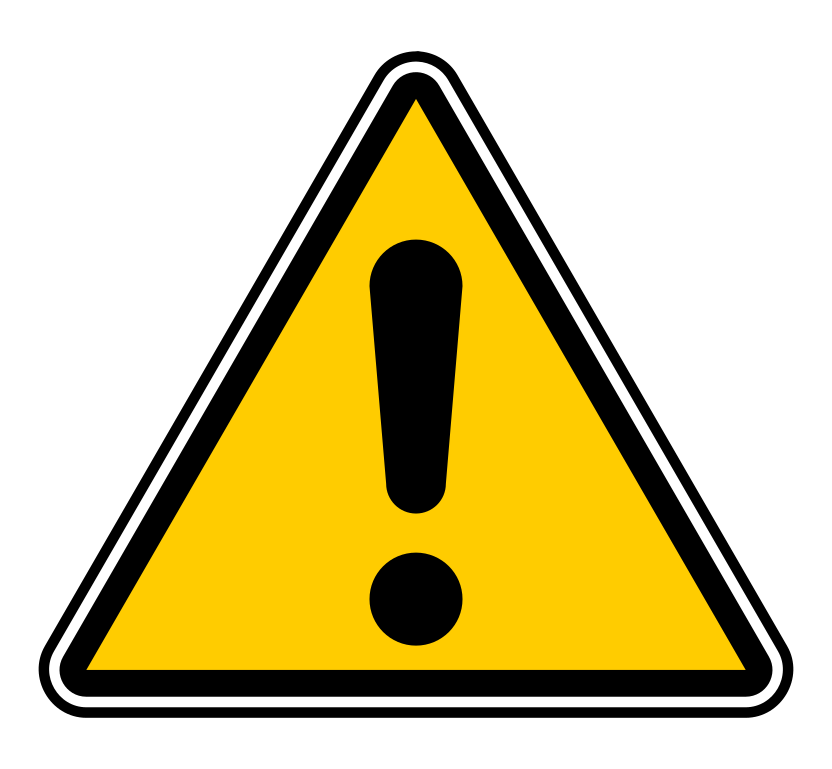Anatomy Overview
1. The digestive system (GI tract) processes food, absorbs nutrients, and eliminates waste. It includes:
- Upper GI tract: Mouth → Pharynx → Esophagus → Stomach
- Small intestine: Duodenum, Jejunum, Ileum
- Large intestine (colon): Ascending → Transverse → Descending → Sigmoid colon → Rectum → Anus
- Accessory organs: Liver, Gallbladder, Pancreas
Common Coding Challenges & A&P Tie-Ins
1. Small vs. Large Intestine Disorders- Diverticulitis, Crohn's disease, and colitis often specify the affected part.
- ICD-10-CM codes differentiate small intestine (K50.0-) vs. large intestine (K50.1-), and even the sigmoid colon (K57.32).
Tip: Know which parts belong to the small vs. large intestine to choose the right code. For example:
- Jejunum = Small Intestine
- Sigmoid = Large Intestine
2. Hepatic vs. Biliary Conditions
- The liver processes nutrients and filters blood.
- The gallbladder stores bile, which helps digest fats.
- Cholecystitis (inflammation of gallbladder) vs. hepatitis (inflammation of liver) codes differ completely (K81.- vs. B18.- or K75.-)
Tip: Misunderstanding organ function or location can lead to incorrect diagnosis coding.
3. Upper vs. Lower GI Bleeds
- Upper GI: Esophagus → Duodenum (e.g., gastric ulcers, varices) → K92.0-K92.2
- Lower GI: Jejunum → Rectum (e.g., diverticular bleeding, hemorrhoids)
Tip: Know where the bleeding originates to avoid "unspecified GI bleed" codes unless truly necessary.
You can find a quick little quiz in the comments!


